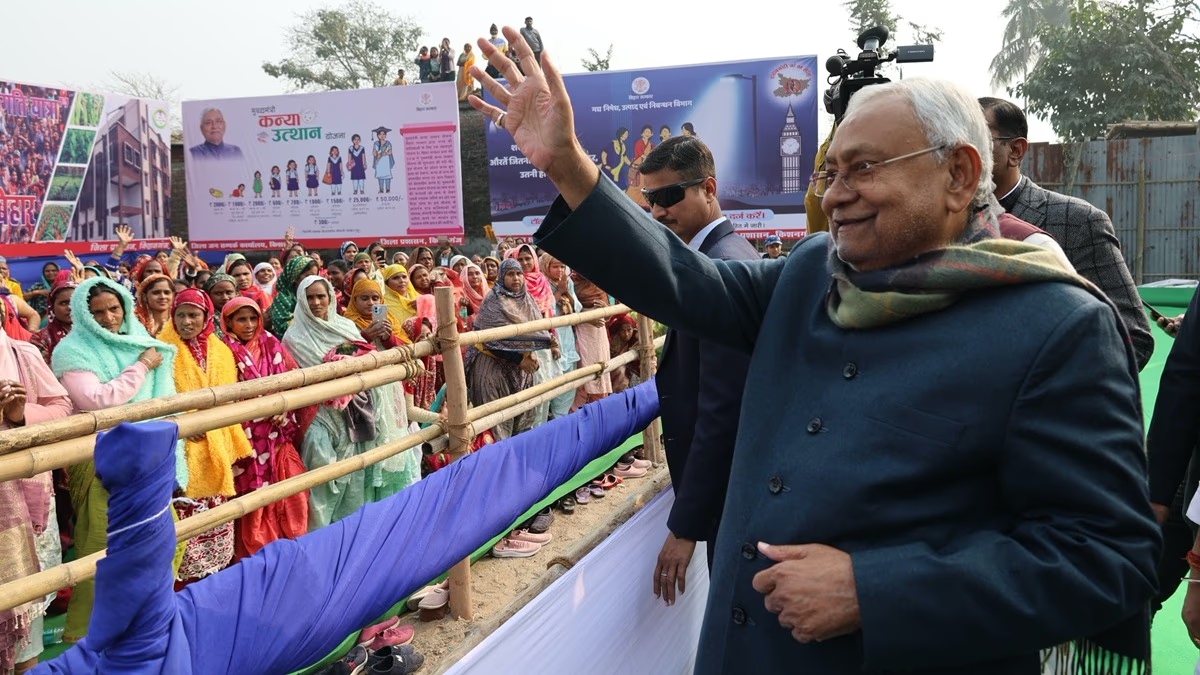In recent elections, 'Ladli Behan Politics' has become a guarantee of electoral victory for political parties. Be it Madhya Pradesh, Maharashtra, or Jharkhand, the direct cash benefits given to women in these states have proven to be a blessing for the ruling parties in forming the government. Similarly, in Punjab, Himachal Pradesh, Karnataka, Telangana, and Delhi elections, promises of cash benefits have become the key to success. Now, an important Hindi-speaking state, Bihar, stands at the brink of assembly elections. As the Bihar election day approaches, discussions around 'Ladli Behan Politics' are intensifying.
Tejashwi Yadav, considered the unofficial face for the Chief Minister's post from the opposition and the Grand Alliance in the Bihar Assembly, has promised to implement the 'Mai-Bahin Plan' to deposit 2500 rupees per month into women's accounts upon coming to power. To counter Tejashwi's move, discussions are ongoing about implementing a similar scheme by July by 'Laadla Chief Minister' Nitish Kumar's government. However, no announcement has been made by the government or any party in the ruling coalition. The question arises as to why there's so much talk of 'Ladli Behan Politics' in the state before the Bihar elections.
Reasons Behind the Buzz on 'Ladli Politics' in Bihar
The discussions around 'Ladli Politics' in Bihar are driven by the number and voting patterns of female voters. The voter list released by the Election Commission, based on 1 January 2025, indicates the total number of voters has increased to 78 million, with nearly 37.2 million female voters. A look at the voting patterns from the past few elections reveals that more women have stepped out to cast their votes than men. The turnout of female voters has been consistently higher than their male counterparts.
Higher Female Voter Turnout in the Last Three Elections
The turnout of female voters has remained higher than male voters in the last three Bihar assembly elections. It was for the first time in 2010 that women outnumbered men in terms of voting in a state assembly election. At that time, the turnout was 53% for men and 54.5% for women. Nitish Kumar's party secured 115 seats in that election. In 2015, 51.1% of men voted compared to 60.4% of women. In the 2020 Bihar election, 54.6% of men voted, while the women’s turnout was 59.7%, five percent higher than men.
Read More: The Importance of Small Parties in Bihar Elections
BJP’s Silent Voter, Nitish's Core Supporters
Women are often considered to be silent voters for the BJP at the national level. Prime Minister Narendra Modi and other senior leaders have credited election victories in various states to female voters. However, the scenario in Bihar is somewhat different. Women voters are considered the core supporters of Nitish Kumar's party, JD(U). The party has consistently maintained around a 16% vote share, largely attributed to this female vote bank.
Read More: Youth Participation and Challenges in Bihar
Penetrating Nitish's Vote Bank is Not Easy
Regarding RJD's promise under the 'Mai-Bahin Plan' to give women 2,500 rupees monthly and the 'Ladli Politics,' veteran journalist Omprakash Ashk opines that it won't be easy to penetrate Nitish's core vote. Direct cash benefits have emerged as a successful formula in electoral politics, but it remains to be seen how effective it will be in Bihar. Nitish Kumar, who carved out a political space among women through initiatives like prohibition and other women-centric schemes like the cycle scheme and livelihood programs, has consistently reached out to women through various plans. Therefore, the Bihar election will also be a test for this approach.




